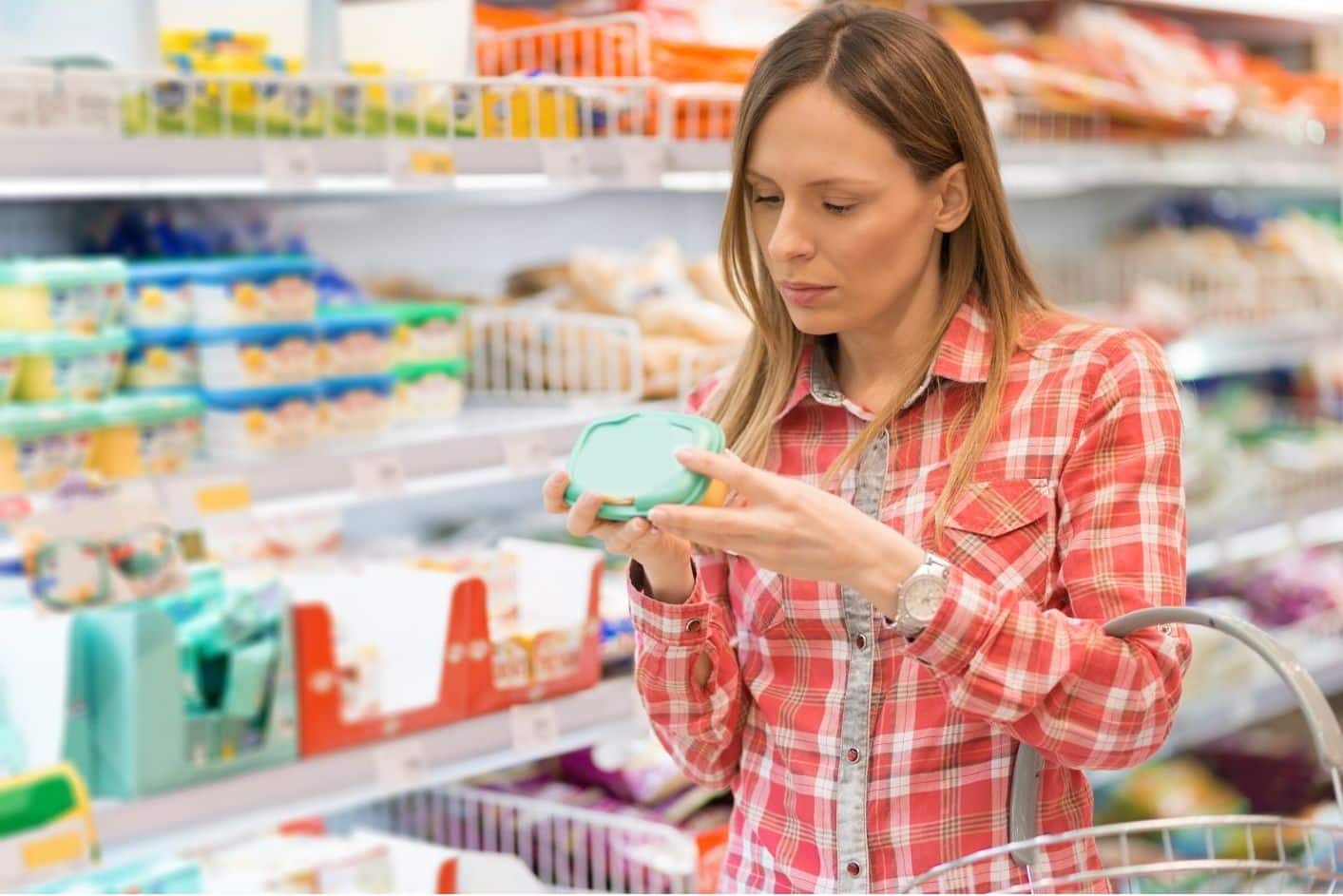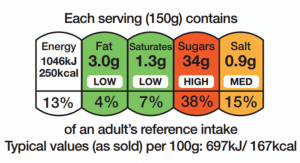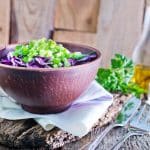
How to Understand Sugar on Nutrition Labels
As part of a healthy, balanced diet, sugary foods and drinks should be kept to a minimum.
Many highly processed foods that contain a lot of added sugar often contain a lot of calories and salt.
Do you know how much sugar is in the foods and drinks you are consuming and where to look for them?
Ingredients List
Most pre-packed food products have a list of ingredients on the packaging or on an attached label. Ingredients are listed in order of weight, that is, the highest-weight ingredient in the food is listed first, with the lowest-weight ingredient coming last.
If the first few ingredients include sugar or terms used to describe sugar, such as, glucose and syrup, then the food or drink in question is likely to be high in sugar.
Labelling
Labelling on the front of packaged foods is useful at a glance to decide which food or drink is high in sugar. As with other selected nutrients, it is often colour coded, (‘traffic light’) based on set criteria for low, medium and high amounts. If sugar is colour-coded red this means high/unhealthy levels. If green, this means a healthier choice. However, this does not differentiate between how much is added and how much is naturally in the product. The values being defined below for sugars:
High = more than 22.5g of total sugars per 100g
Low = 5g of total sugars or less per 100g

Carbohydrates are not included as a colour code on the ‘front of pack’ information because there are no set criteria for determining what amount is low, medium or high in a particular food.
Labelling on the front of packaged foods also includes Reference Intakes (RI), which has replaced the GDA and is based on the requirements for an average female with no special dietary requirements. The RI for total sugar intake (includes sugars from milk, fruit, as well as added sugar) is 90g a day; is expressed in a percentage of the RI and usually per portion. Note that added sugars should not make up more than 5% of the energy (calorie intake) from food and drink each day. This is the equivalent of about 30g a day.
The ‘back of pack’ labelling provides detailed information and also includes carbohydrates. Total carbohydrate includes carbohydrates from starch as well as sugars. These are expressed in per 100g/ml so that people can easily compare two similar products. Many products also provide the nutrient content per portion, but bear in mind, is your portion the same as the manufacturer’s recommendation?
Claims
Many packaged foods make claims, such as ‘sugar free’, ‘low sugar’ and ‘no added sugar’.
- Sugar free– this does mean sugar free, but check to see if the food is not high in other nutrients, such as fat or salt.
- Low sugar– this means less than 5g of sugar per 100g (5g is roughly a teaspoon)
- No added sugar– this means although no extra sugar is added, the product may contain naturally occurring sugars already.


